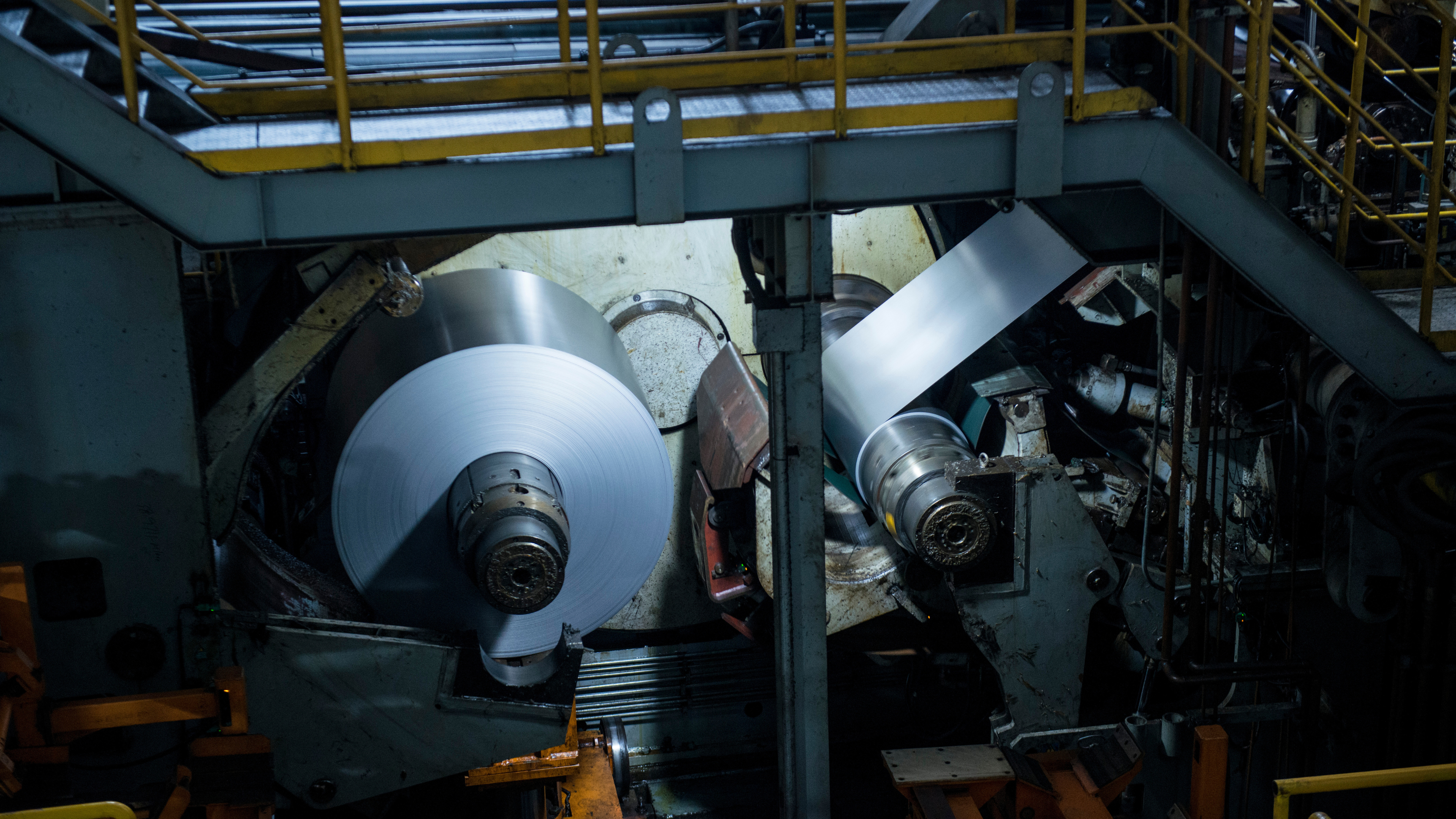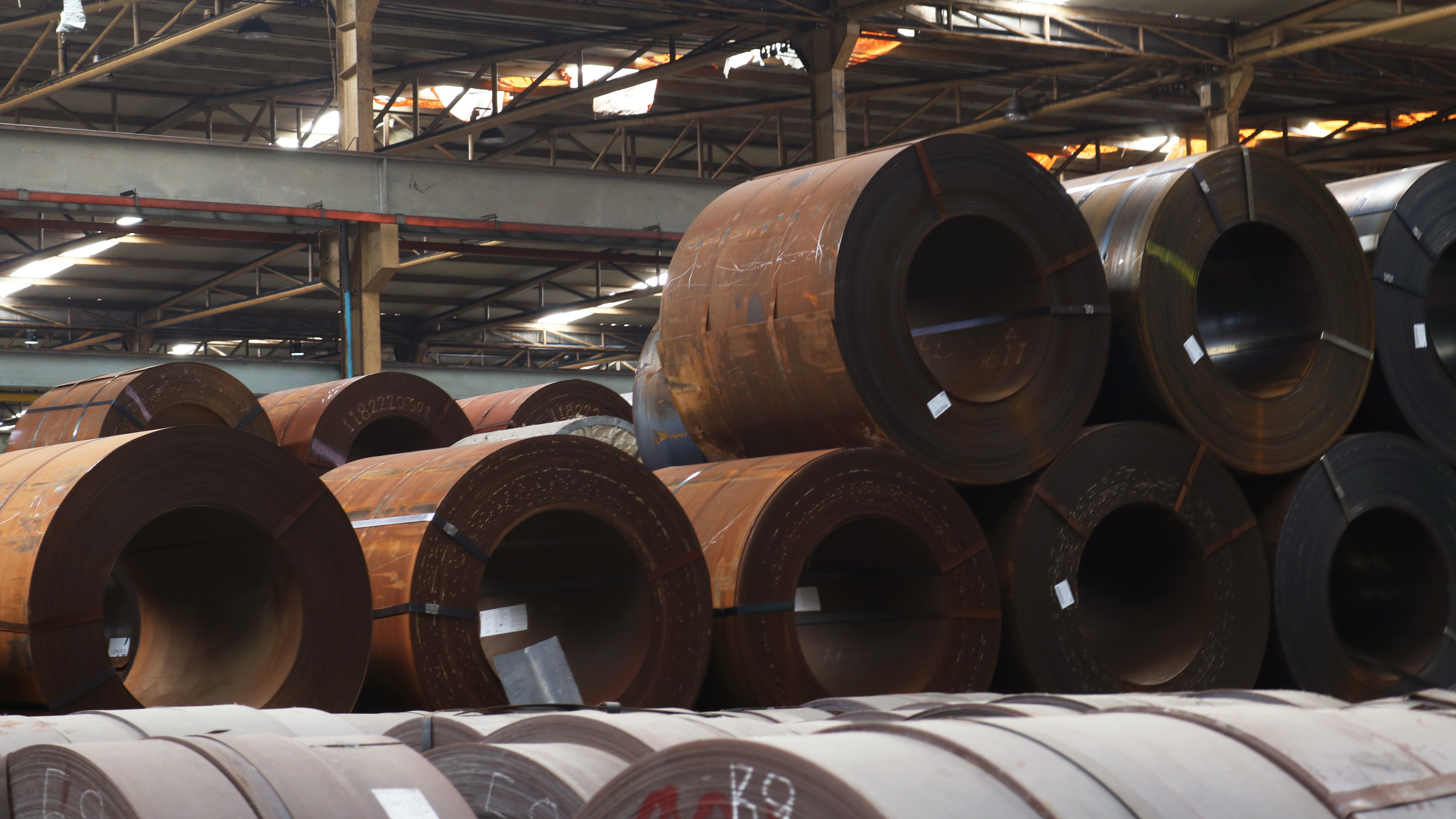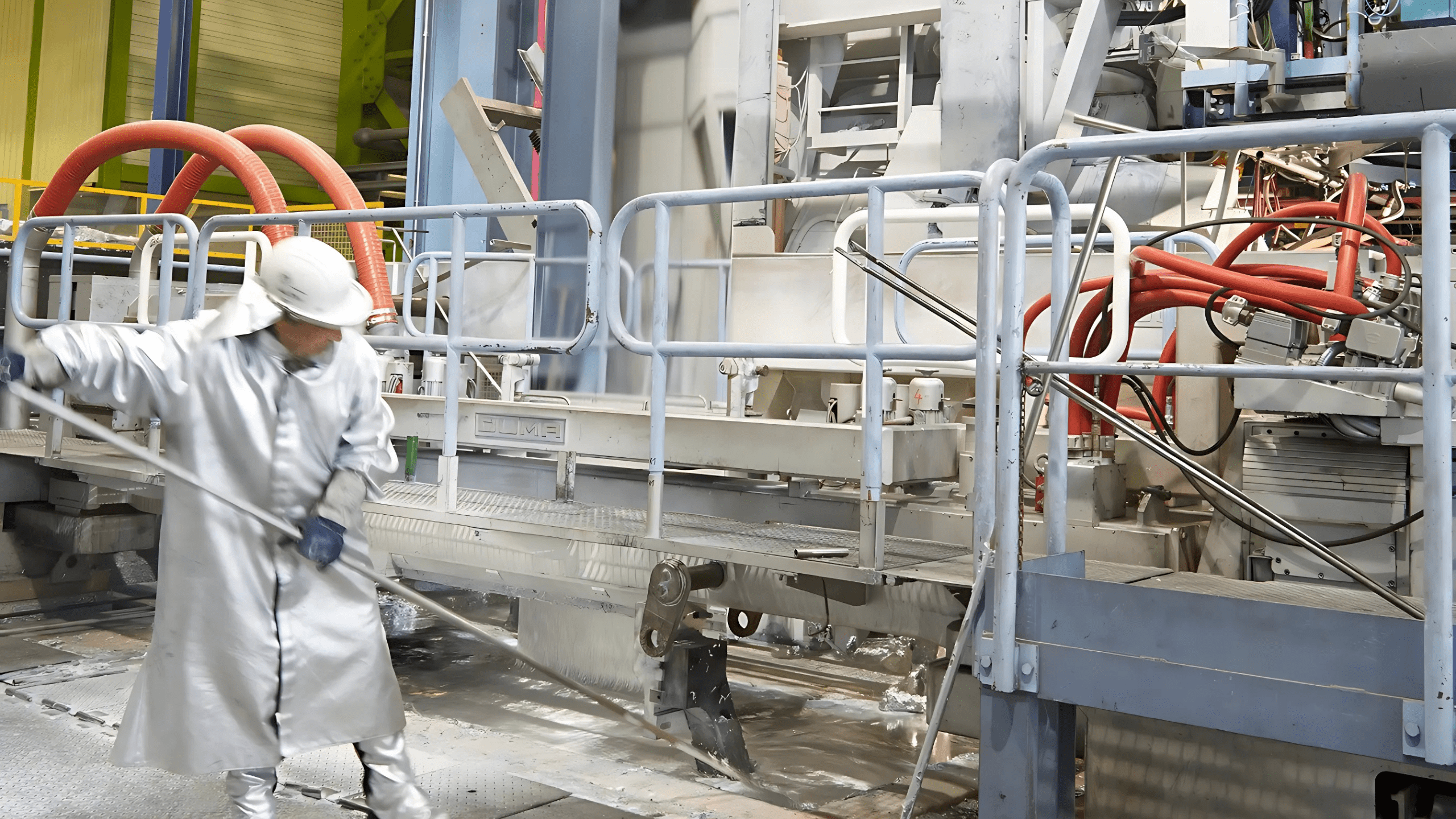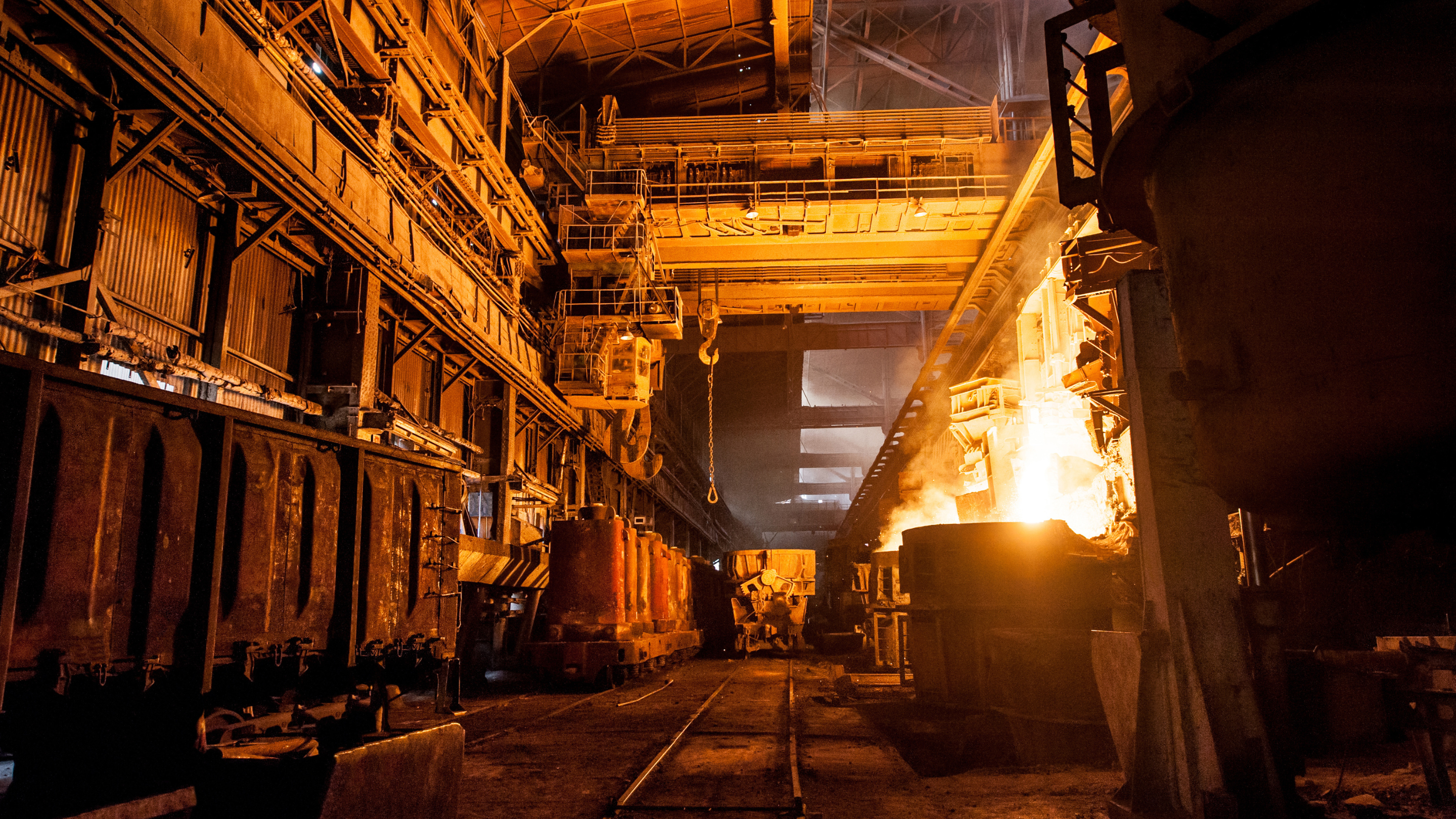Key Takeaways
- Problem: A steel plant in Southeast Asia faced excessive steel breakages, averaging 8 per day—higher than the benchmark of 5 per day—leading to reduced throughput and increased costs.
- Challenge: Optimising reduction and tension patterns to improve process stability and product quality.
- Solution: Conducted a 360° diagnosis, identified reduction and tension settings as the root cause, and implemented adjustments using a validated trial plan.
- Improvements: Developed a rolling strategy framework and a robust tension model for precise thickness control.
- Impact: Reduced steel breakages, improved product quality, reduced maintenance costs, and increased plant utilisation from 72% to 85%.
On-site inspection by Steel Hub - marking excellence at every stage of production.
Overview
The client, based in South East Asia, was experiencing frequent steel breakages and, with a yearly average of 8 breakages per day higher than acceptable benchmark standards (5 breakages per day). This issue was leading to a reduced throughput, increased maintenance and operational costs.
Challenge
The primary challenge was to optimise the reduction and tension patterns, tailored to the specific equipment in use and the desired product properties, to enhance process stability and product quality.
Solution
- Our expert team conducted a 360° diagnosis of the cold rolling plant, focusing on quality and process parameters.
- Determined that reduction patterns and tension settings contributed to high strip tension and steel breakages.
- Developed and implemented a trial plan to validate adjustments in reduction and tension patterns, aligning with best practices and client requirements.
“By precisely controlling reduction and tension settings, we transformed process stability, boosted product quality, and achieved substantial cost savings.”
Results
- We initiated a rolling pattern strategy framework, determining the client’s customer final thickness requirements and developed a tension model for rolling. A tension curve was created, modelling specific tension (kg/mm²) as a function of incremental target thickness, with computations for entry and exit sides of each rolling pass.
- New parameters were test trailed onsite, which resulted in improved cold roll quality, reduced operation stoppages, and enhanced process stability, significantly lowering steel breakages.
- A robust model for varying reduction increments and final target thicknesses was developed, enabling accurate calculation of tension setup requirements for each pass, thereby improving reliability and efficiency.
- The client experienced notable improvements in product quality, decreased maintenance costs, and an increase in the utilisation index of the plant from 72% to 85%.









